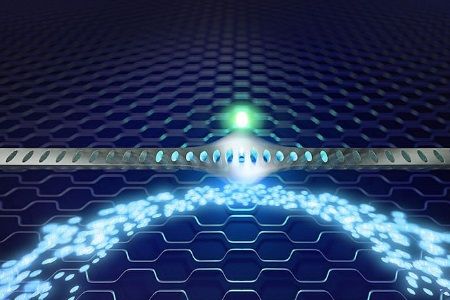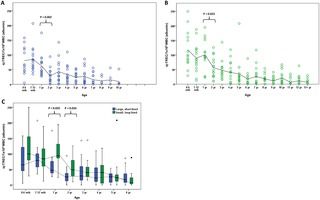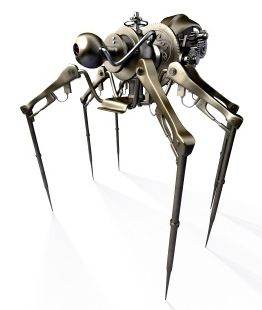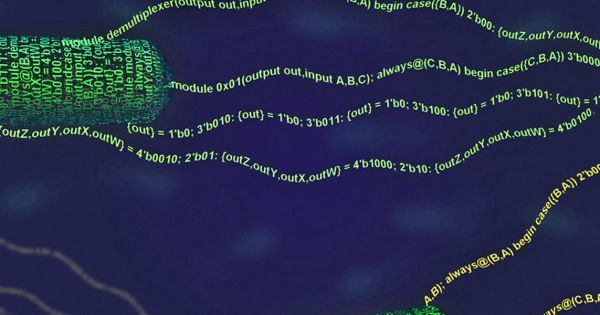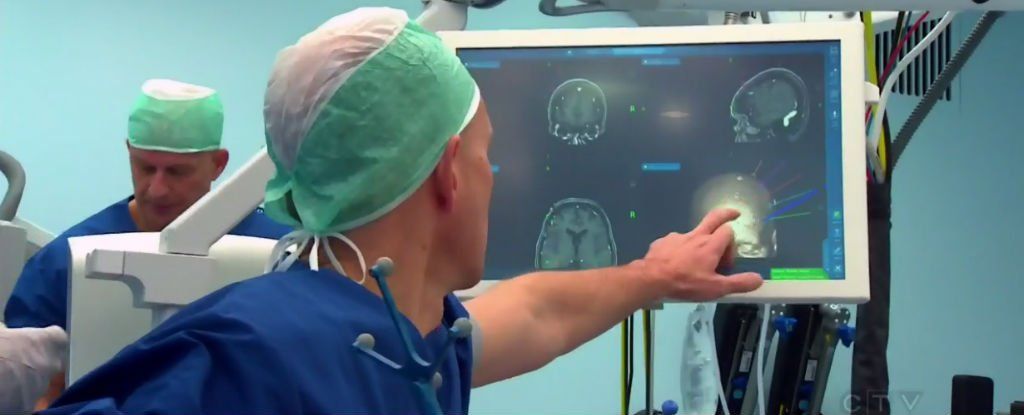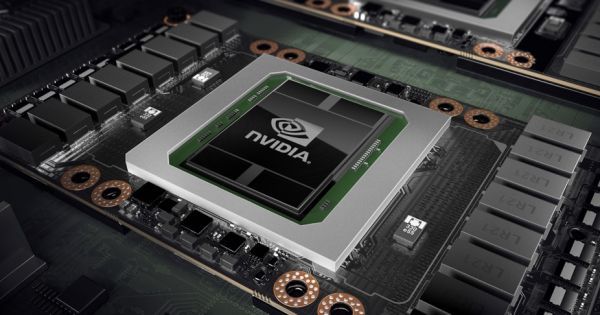I told folks that we would find that crystalized formations is truly making a difference in the future of QC. There is so much more for us to learn how impactful the formations are in some many areas of communications and technology.
It does make one step back and ponder that perhaps we truly are connected in so many ways as John Wheeler has described many times.
Zinc selenide is a crystal in which atoms are precisely organized, and it is considered a well-known semiconductor material, conducive to introducing tellurium impurities, which can effectively trap positively-charged “holes.” Electron holes are not physical particles like negatively-charged electrons, but can be thought of as the absence of an electron in a particular place in an atom.
A zinc-selenide/tellurium impurity-host system is an ideal environment to protect a hole’s spin from which a quantum bit (qubit) can be formed, and for its coherence time can be sustained. Scientists aim to achieve for the longest coherence time in qubits to store, encode and process robust quantum information.
